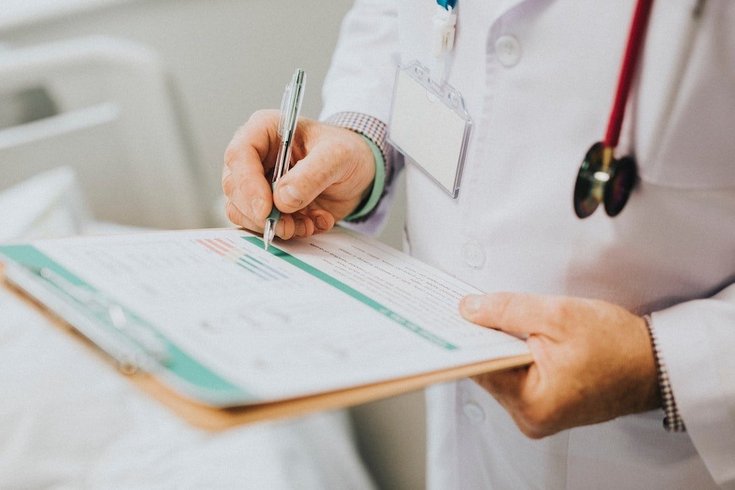
January 08, 2020
 rawpixel/Pexels
rawpixel/Pexels
The U.S. cancer death rate fell by the largest single-year decline between 2016 and 2017, a drop that researchers attribute to significant improvements in the lung cancer mortality rates.
The U.S. cancer death rate fell 2.2% between 2016 and 2017 – the largest single-year drop ever reported by the American Cancer Society.
The decline is part of a decades-long trend that researchers said is driven by better mortality rates among most commonly-diagnosed cancers, including lung, colorectal, breast and prostate.
The cancer death rate declined 29% between 1991 and 2017, the most recent year in which data is available, according to a study published by the American Cancer Society. That means there were 2.9 million fewer deaths attributable to cancer.
The American Cancer Society began tracking the cancer death rate in 1930. The record, single-year drop-off particularly was fueled by steep declines in lung cancer deaths, researchers said.
Though lung cancer deaths have decreased significantly since the 1990s due to declines in smoking, that progress has occurred more rapidly in recent years. Lung cancer deaths decreased among men by 3% annually between 2008 and 2013, then fell by 5% per year during the next five year-stretch. Among women, lung cancer deaths dropped by 2% annually between 2008 and 2013, then by 4% afterward.
Treatment breakthroughs for melanoma, as well as childhood cancers, also contributed to the decreasing cancer death rate, researchers said. Yet progress has slowed for some cancers that are considered preventable through early screenings, such as prostate and breast cancers.
Additionally, incidence rates for kidney, pancreas and liver cancers, as well as cancers of the oral cavity and pharynx have risen. Liver cancer has increased more rapidly than any cancer, jumping 2-3% annually between 2007 and 2016, though the study notes the rate has slowed in recent years.
Researchers estimate that there will be 1.8 million new cancer diagnoses and 606,520 cancer deaths this year. In Pennsylvania, more than 80,000 people are expected to be diagnosed with cancer, with 28,000 expected to die of cancer.
Prostate, lung, and bronchus cancers are expected to make up 43% of cancer diagnoses in men this year, with prostate cancer comprising one in five diagnoses. Among women, breast, lung and colorectal cancers are predicted to make up 50% of all cancer diagnoses, with breast cancer alone totaling 30% of all diagnoses.
Cancer is the second-leading cause of death in the U.S., topped only by heart disease. Of the 2.8 million deaths reported in 2017, about 21% were from cancer.
Follow Virginia & PhillyVoice on Twitter: @vastreva | @thePhillyVoice
Like us on Facebook: PhillyVoice
Add Virginia's RSS feed to your feed reader
Have a news tip? Let us know.